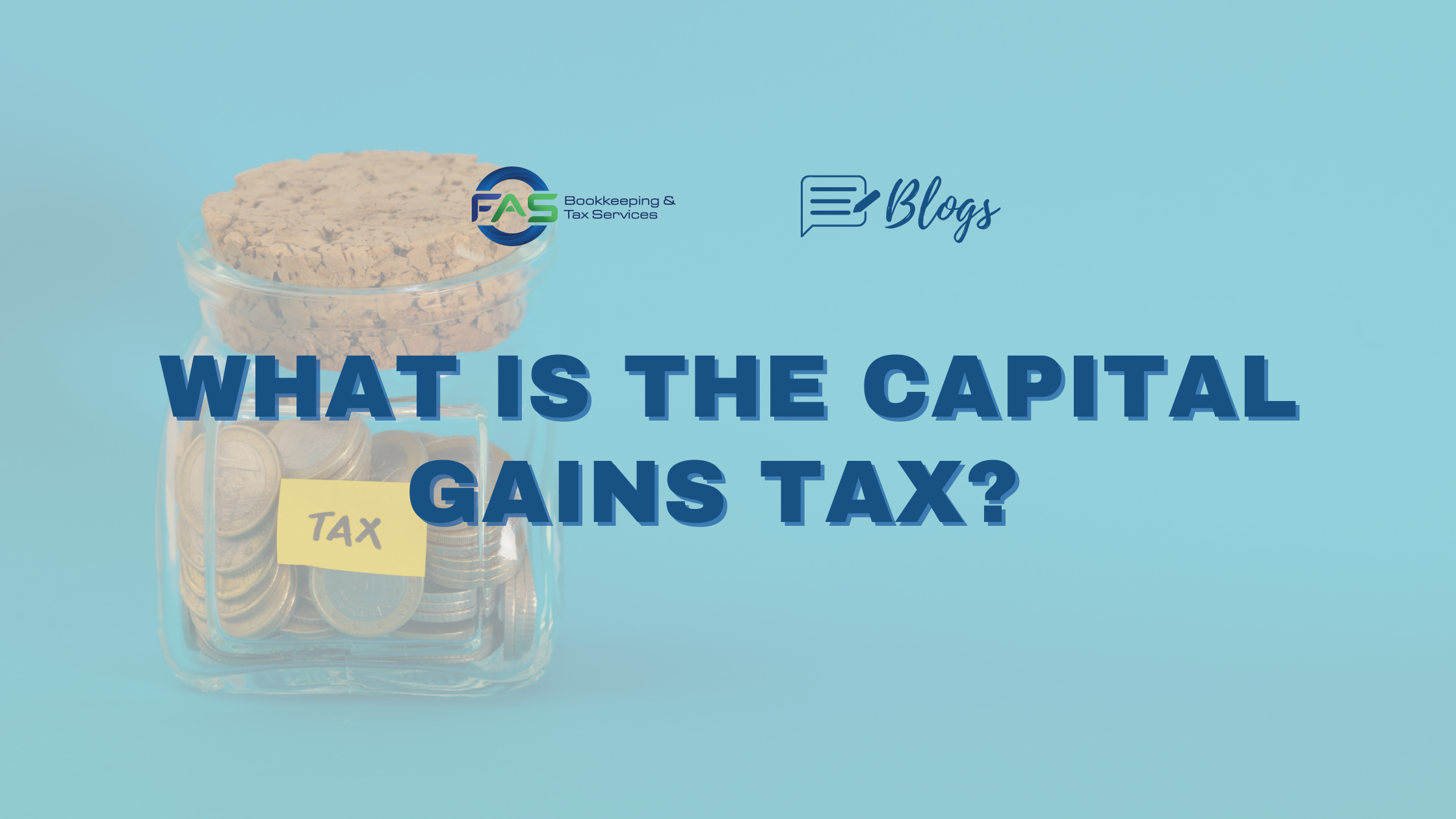What is the Capital Gains Tax?
The time when you have to pay the capital gains tax is when you sell the investment. For instance, if you already have stocks in a tax-deferred account, any appreciation in value will not result in a tax bill. However, when you sell your shares, you must include the proceeds in your taxable income. Since this is a capital gain, you must pay tax on it at that rate.
The federal government levies a tax on all profits made from the sale of assets. When you’ve held an investment for less than a year, any profit or loss is considered short-term capital. Gains or losses on the sale of an asset held for more than a year are called long-term capital gains or losses.
The tax rate on capital gains is higher for the former than the latter. This variation is on purpose to prevent day trading. Frequent stock and asset trading can raise exposure to market risk and volatility. In addition, the transaction fees paid by private investors are higher.
Methods of Calculating Capital Gains Tax
The long-term investment tax rate is lower than the short-term investment rate, but both are standard.
- Your ordinary income tax rate applies to all of your short-term capital gains. Assuming you can hang onto your investments for longer than a year, you’ll likely save money on taxes.
- Long-term capital gains are taxed at a rate that varies with the investor’s marginal tax rate. The capital gains tax is often low or nonexistent for those with an adjusted gross income of less than $80,801 (married filing jointly) or $40,401 (married filing separately, single).
Capital Gains Tax Substitutes
Losses sustained by investors in financial instruments like stocks, bonds, and mutual funds can be deducted from taxable income. The same holds true for intangible assets that were purchased for business purposes rather than for the individual’s use. For example, one could invest in real estate, precious metals, or rare collectibles. Gains and losses in capital over time might cancel each other out.
A net capital gain occurs when long-term profits are greater than long-term losses. But if your net long-term capital gain is less than your net short-term capital loss, you can deduct the loss and keep the gain at zero.
Any other income, like a salary, can be reduced by the amount of your net capital gain losses. But that’s capped at $3,000 every year, or $1,500 if you’re filing as single. What are the repercussions if your net capital loss for the year exceeds the maximum allowable deduction? You can roll over any losses that you don’t use into the following year’s taxes.
What This Means for the Economy
According to a 2019 report from the Tax Policy Center, the richest 1% of taxpayers account for 75% of capital gains taxes.
Those who rely on investment income to make ends meet may end up paying taxes totaling 23.8%, and that’s before factoring in the 3.8% Net Investment Income Tax (NIIT) that applies to some high-income earners.
Hedge fund managers and other Wall Street professionals, who make their living solely from their investments, are not exempt from this tax.
That is to say, their marginal tax rate is less than the rate paid by those in the next tax bracket (those with taxable income between $86,375 and $164,925).
There are two potential results of this tax loophole:
- It promotes corporate expansion by fostering investors’ interest in the stock market, real estate, and other asset classes.
- It contributes to the widening gap between the rich and the poor. People who are able to support themselves only through investment earnings are already considered to be among the world’s wealthiest. They have been fortunate enough to have a surplus of income over the course of their lives, and have used that surplus to make investments that have provided a satisfactory rate of return. That is to say, they were able to save money for other necessities besides food, shelter, and medical care.
More people are now subject to the 20% tax on long-term capital gains as a result of the Tax Cuts and Jobs Act (TCJA). When the Internal Revenue Service (IRS) makes its annual inflationary adjustment to the income tax brackets, they will be placed in that group. There will be some increase in these brackets, although it will be less dramatic than in the past. The CPI was changed to a chained CPI under the Act.
More people will eventually be pushed into higher tax brackets as a result of this.
Questions?
If you have any inquiries about the capital gains, don’t hesitate to get in touch with us. Contact us at admin@fas-accountingsolutions.com or call us at 713-855-8035.





